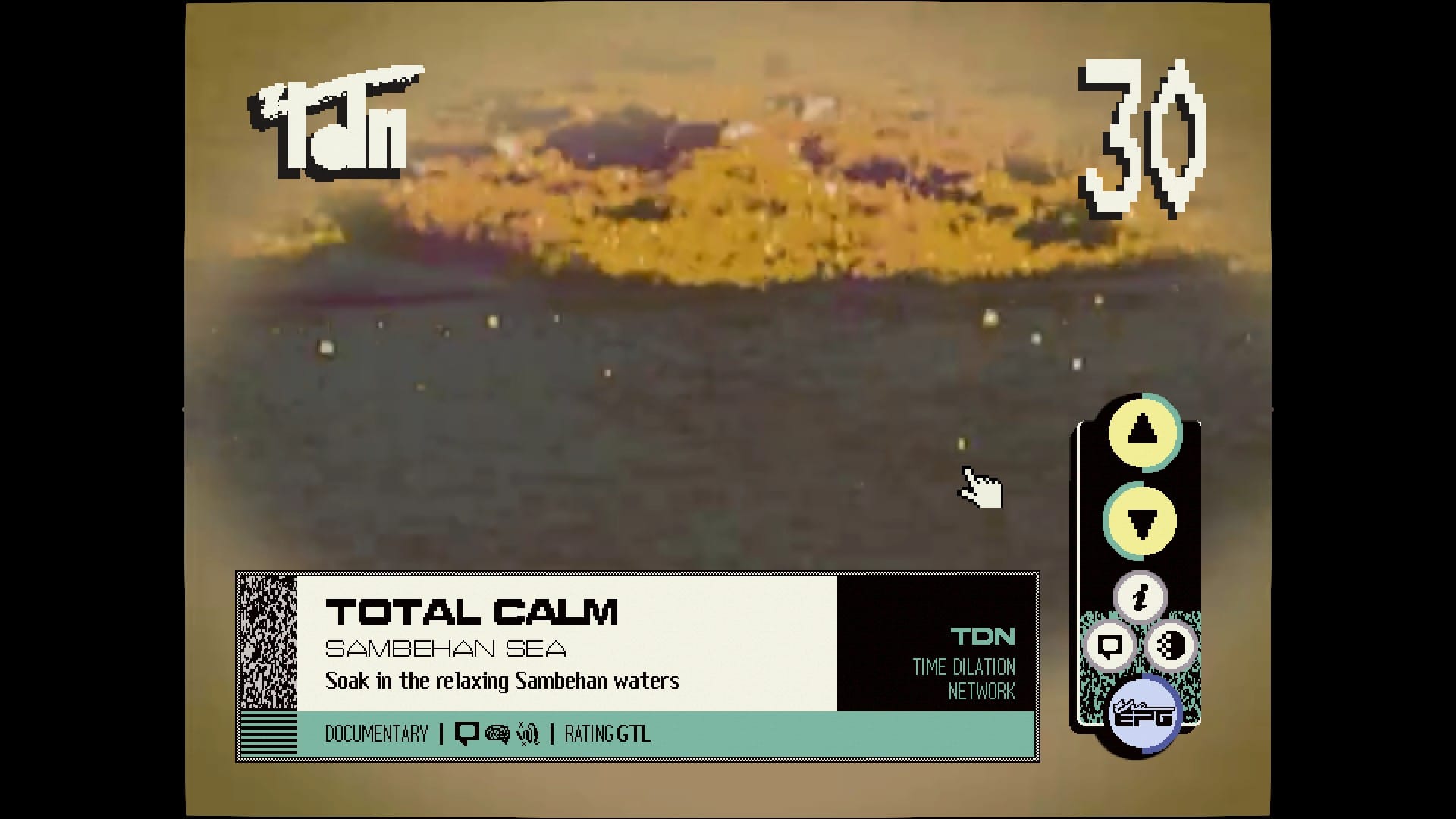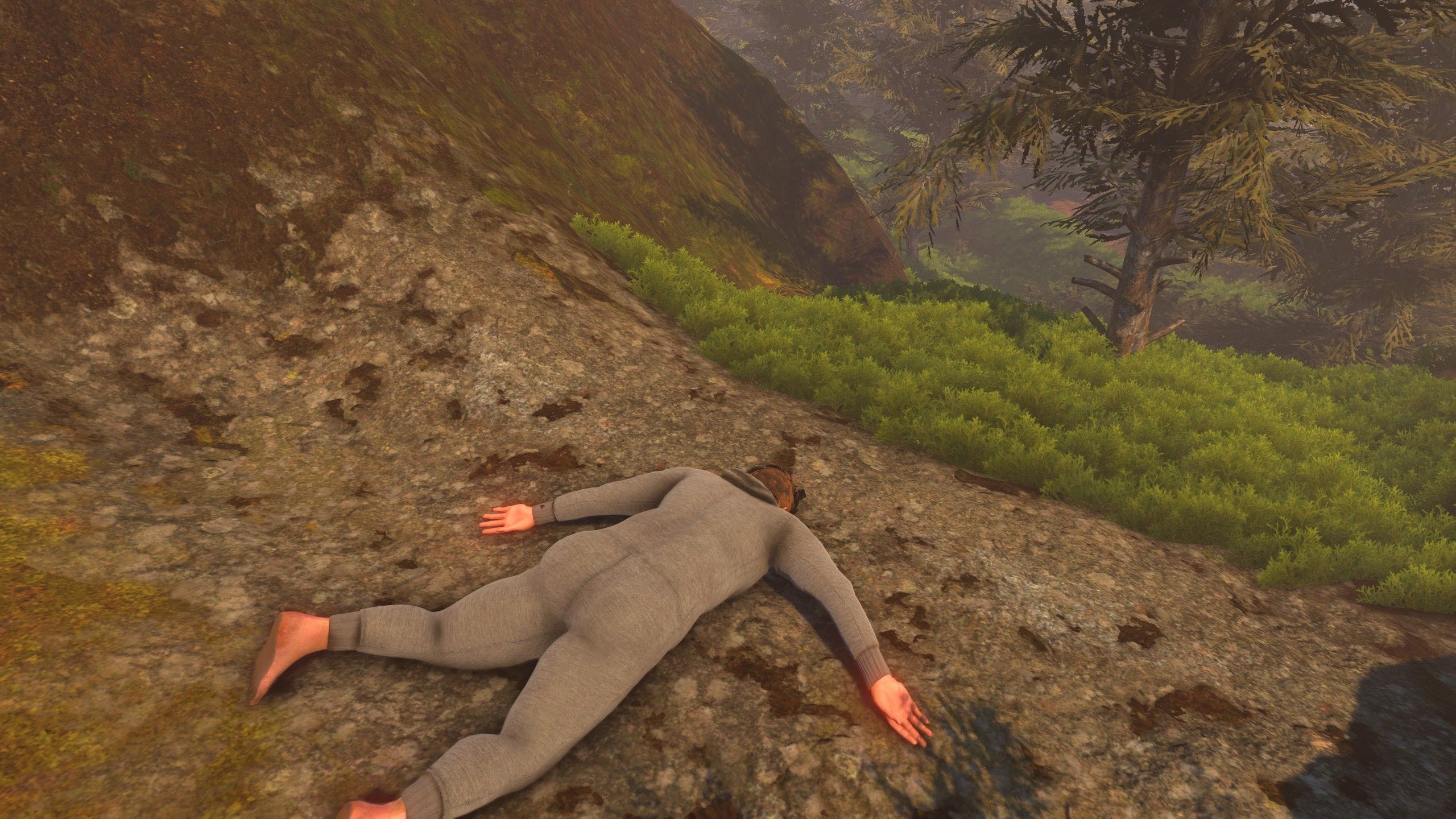My relationship with Boku no Hero Academia, or My Hero Academia as it’s known outside of Japan is a weird one. I generally tend to avoid shonen anime — you know, the kind aimed at adolescent boys, generally — since I really got my fill of it during my own teens and early 20s with Dragon Ball, Saint Seiya, Yu Yu Hakusho and the like, but somehow Boku no Hero got to me in an unexpected way. Perhaps it’s due to its subject matter that deals with a Japanese take on Western superheroes, or the mix between humor and a really in-depth dive into the relationship between no-power protagonist Midoriya and the rest of the cast. I’ve no idea, but anywho, now there’s a game based on that show, My Hero One’s Justice is its name, and given that it’s the only game of its ilk that I have any fondness for the property it’s tied to (I REALLY dislike Naruto so I’ve avoided all of his games over the years), I decided to take it for a spin.
For the uninitiated, My Hero Academia is set in a world where a big slice of the world’s population is born with superpowers, and since there’s so many of these people going around, their powers are regulated and endorsed by the government, allowing for heroes to fly and jump around taking out baddies, powered people who chose to live a life of crime instead, everywhere. Izuku “Deku” Midoriya wasn’t born with powers himself, but grew up a huge fan of the world’s number one hero, the charismatic All Might. After a dramatic series of events that span about half of the show’s first season (it just ended its third about two months ago), Deku ended up inheriting All Might’s powers and enrolling in the prestigious U.A college for superheroes. One’s Justice picks up around the end of that opening season, with Midoriya and his buddies going all out against Stain, a villain with a grudge against super heroes.

At the outset, I was excited to play One’s Justice considering it shares the same visual flair as the aforementioned Naruto games, and honestly, it did not disappoint. It looks spot on with the cartoon even though everything takes place in a polygonal, free camera world. The look and feel that the cel-shaded graphics provide carries a ton of personality, and the transition between watching the show and getting to square off against some of its trademark characters felt really good. If you’re used to watching the show undubbed, you’ll be happy to know that Bandai Namco has kept all of its original Japanese voice acting, and has only localized the menu text and added in subtitles, which unfortunately do not cover all of the voice tracks played throughout the game. The menus are littered with voice samples from the cast of the show, so it’s a huge shame that most of it goes by without any subtitles, so unless you’re an avid listener of Japanese, you’ll miss out a lot.
While I thoroughly enjoyed the presentation for the game, the same can’t be said about the progression. There’s a handful of different modes available, but they all feel pretty much the same since the point-to-point action plays out very similarly, that is, in story mode, you jump from skit to skit and brawl it out in the end, without any variation to speak of outside of maybe having the fight rules change, or more often than not, the team of characters you get to control. As I mentioned before, the story picks up around the end of the first season, when the League of Villains reveals itself and attacks a city, with Midoriya and crew barely scraping by, also showing the story from the other side’s point of view.

While it’s cool to see the events of the show play out in game, it’s a little disappointing to see the half-hearted way it’s carried out. All of the dialogue takes place via RPG-like pop-up boxes with no animation to speak of outside of the intro to the fights that take place once all the talking is over. Still, I can imagine that younger fans are bound to fall in love with all the customization options that unlock the more you play, such as changing the colors and outfits of all the playable characters depending on how well you do during these missions. Outside of the story mode, you can partake in a special mode that ups the difficulty the further you progress, up until you hit a final boss fight that has the potential to unlock even more stuff. I stuck with the story option instead, but I can imagine folks who really get into the particulars of gameplay will probably enjoy taking on these challenges after they’re done with the rest of the game.
That gameplay is probably the most mixed aspect of One’s Justice. There’s a fairly big list of characters from the anime to pick out, including some of the villains, so it’s cool to get to combine them in unlikely alliances, but I felt that most of them played a little too similarly for my tastes. That’s probably due to the fact that the game tries to simplify the controls by giving you two types of attacks and a combination of buttons that let you power them up as you see fit. Landing and taking attacks builds up a meter, and once that’s full, a ‘Plus Ultra’ (the show’s catch phrase) power can be used. Most of the characters have projectile attacks that can move across the screen, making hitting enemies a cinch, but other powers such as Midoriya’s own cyclone punch proved to be especially good in trapping opponents. I might be oversimplifying things when I describe how One’s Justice plays, but that’s how it seemed during the many bouts that I jumped in, and they mostly were summed up by a chaotic rush from one side of the screen to the other trying to get close to whoever I was fighting against.

The camera does its best to keep up with the fast paced action, but it ultimately fails, leading to some moments where you’ll probably lose track of what’s going on. Since characters are fairly small in comparison to environments and the camera is pulled back quite a ways, it’s easy to get lost, even with lock-on. Comparing this to another cartoony fighter like Super Smash Bros might help convey my point better: that game takes place in a 2D plane, and even though it’s incredibly chaotic, given its limited view point, it’s more manageable to keep up with, since the camera doesn’t have to deal with angles and viewpoints, only with zooming and panning the screen. That’s why everything feels a little too loose in One’s Justice. While it conveys the action of the show quite well, keeping up with it all proves to be too much of its own good as a game.
As a fan of the show, I was very keen on giving One’s Justice a shot, and I ended up coming out more disappointed with it than anything else. It does Boku no Hero justice (heh!) by presenting all the action in a pretty engaging art style that’s very faithful to the source material, but the overall gameplay is a little too shallow for my taste. It’s a spectacle to be sure, but I couldn’t find much to keep me engaged, even more so considering that the competition in the fighting game space is already so fierce. I’ve yet to play the new Dragon Ball FighterZ, so I can’t really draw up a comparison between anime fighters, but with Bandai Namco’s own Soulcalibur VI, there’s little calling me back to My Hero One’s Justice, unfortunately.




